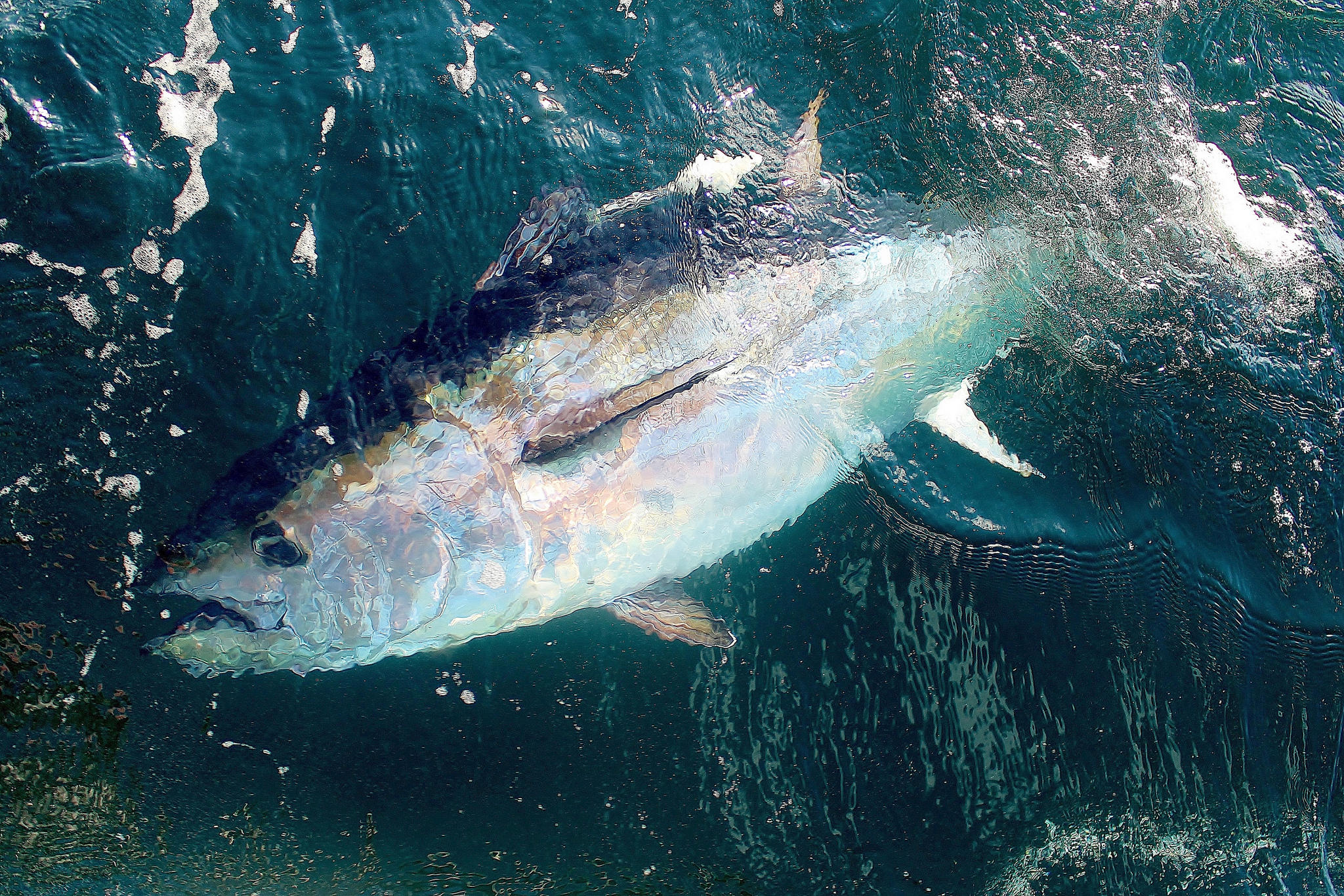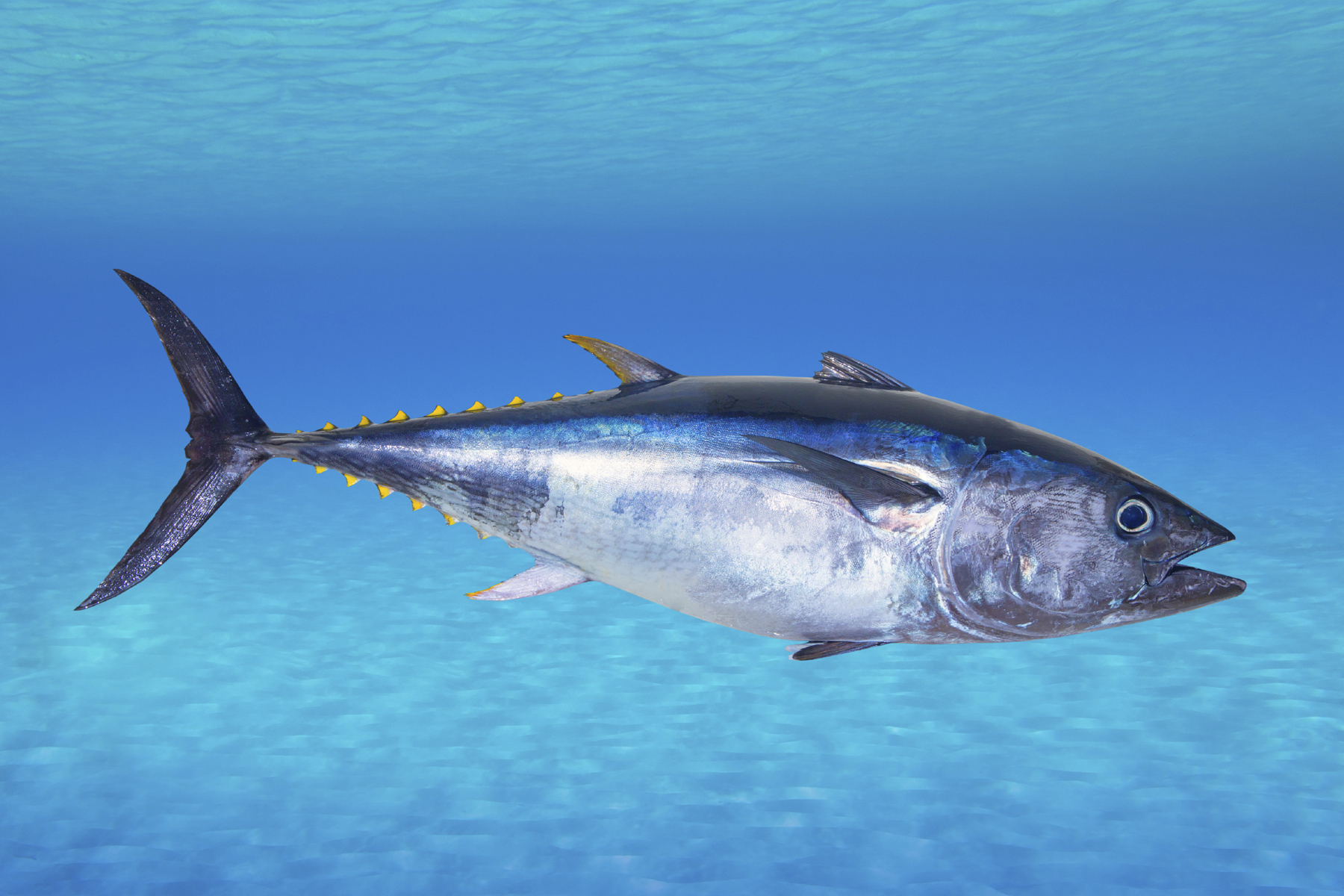

Managers have stated that the data on bluefish, both scientific and anecdotal, indicates that a reduction in harvest is necessary to increase the spawning stock biomass and end the overfished state. These measures, which include a three-fish bag limit for private anglers and a five-fish bag limit for for-hire fishermen, represent a substantial reduction compared to the federal 15-fish bag limit that has been in place since 2000. In mid-December 2019, the Mid-Atlantic Fishery Management Council (MAFMC) recommended and the Atlantic States Marine Fisheries Commission (ASMFC) approved, new recreational fishing regulations for the 2020 Atlantic bluefish fishery from Florida to Maine. The decrease was observed to be ranged from 13.6 to 100%.A Chamber of Commerce bluefish saves the day for anglers otherwise shut out Fresh and cooked fish were analyzed to detect 10 PCBs congeners with a mean value using Gas Chromatography and the most abundant percentage of PCBs congeners' residue in the analyzed fresh fish samples followed the following descending order 70 and 180 > 101> 44 > 52.It was concluded that cooking has potential significant decrease PCBs concentration in fish tissues. Results revealed that the decrease in the estimated congeners were 100, 100, 61.6, 100 and 87.2 % for examined Mugil cephelus fish samples after cooking by frying and were 100, 81.1, 71.3, 20.4 and 41.3 % for samples cooked by grilling, whereas for Sardine the mean value of the same existed contaminants were 8.6☐.30, 17.8☑.51, 6.8☐.48, 6.6☐.51 and 116.9☖8.7 ng gG1, respectively and the reduction % were 100, 71.7, 13.6, 100 and 87.4 for fried samples while for grilled one the percentage were 37.1,100, 46.5, 100 and 86.5%. Samples were used for evaluation of percentage of polychlorinated biphenyl's congener's depletion by the ordinary cooking methods used in grillrooms and houses on the existed PCBs 52, 44, 70, 101 and 180 were 5.5, 80.1☖.46, 4.8☐.58, 2.3☐.11 and 86.4☑3.39 ng gG1, respectively, in examined fish samples. In conclusion, quality criteria and pollutants OCP and heave metals in raw and cooked fish were lower the maximum permissible limits (MPLs) and therefore these fishes are validating for human consumption.Ībstract: Fresh Mugil cephelus and Sardine fish samples (15 of each) were randomly collected from different markets at Gharbia governorate. However, grilling was reduced all heavy metals values in investigated fish samples, while levels of heavy metals were fluctuated in fried products.

Frying of fish was more effective in reduction of OC components than grilling. With regard to the effect of cooking methods, all values of quality criteria, most OC varied as affected by cooking methods applied, location and fish species. Organochlorine (OC) pesticide residues, average concentrations ranged between 0.017-0.103 ppm of ?DDT, 0.003-0.244 ppm of ? Endosulfan, 0.014-0.126 ppm of ? Cyclodienes and 0.021 – 0.065 ppm of ?HCH (?, ? and ?) in the investigated fishes. Results showed that ranges of quality criteria of raw fish samples were 11.35-12.75 mg/100g (total volatile basic nitrogen (TVBN), 0.48-0.80 mg MAD/kg as thiobarbituric acid (TBA) value and 2.15-2.50×103cfu/g total plate count (TPC). Nile tilapia (Oreochromisniloticus) and mullet (Mugilcephalus) (1st Lake) and red belly tilapia (Tilapia zillii) and mullet (Mugilcephalus) samples (2nd Lake) during winter 2015 were obtained. This study aims to evaluate the validity of some dominant fish obtained from Wadi El-Rayan lakes for human consumption and also to investigate the effect of common cooking methods (grilling and frying) on quality criteria, organochlorine (OC) pesticide residues and heavy metals.


 0 kommentar(er)
0 kommentar(er)
